Neuroscience

Neurotransmitter receptors function via various G-protein coupled and G-protein independent mechanisms that activate downstream intracellular signaling pathways such as cAMP/PKA, PI3K/AKT, phospholipase A2, and phospholipase C pathways. For instance, dopamine receptors act through adenylate cyclase to activate PKA and other signaling molecules, thereby mediate gene expression through the actions of CREB and other transcription factors. Other neurotransmitters such as NMDAR or AMPAR are associated with ion channels that control flux of Ca2+ and Na+, thus propagating the action potential across the post-synaptic neuron.
Dysfunctions in GABAergic/glutamatergic/serotonergic/dopaminergic pathways result in a broad range of neurological disorders such as chronic pain, neurodegenerative diseases, and insomnia, as well as mental disorders including schizophrenia, bipolar disorder, depression, and addiction.
-
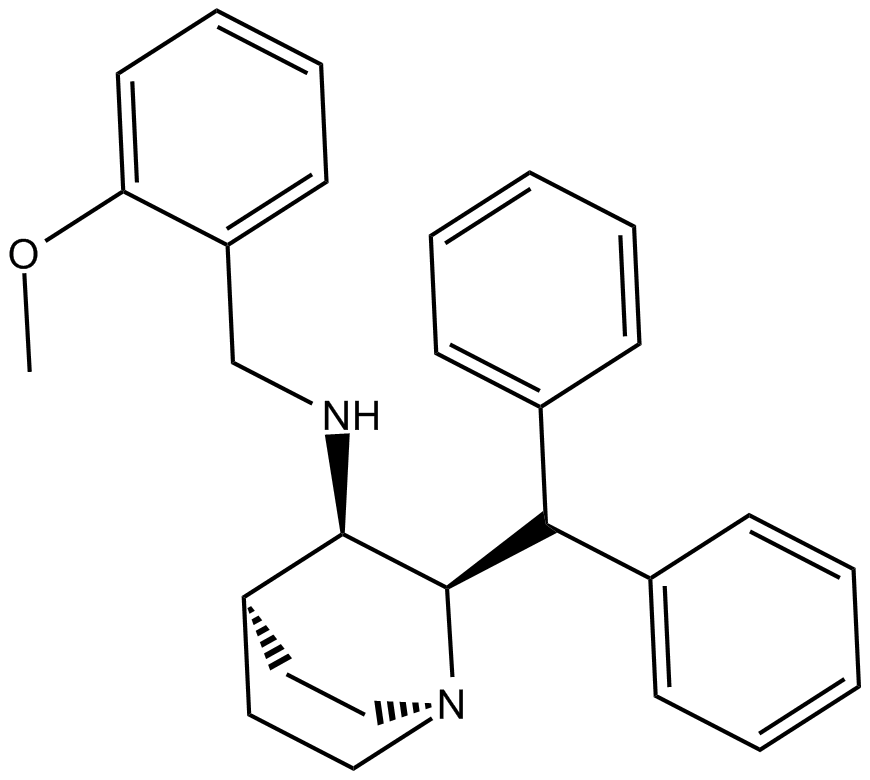 B7213 CP 96345Summary: NK1 receptor antagonist
B7213 CP 96345Summary: NK1 receptor antagonist -
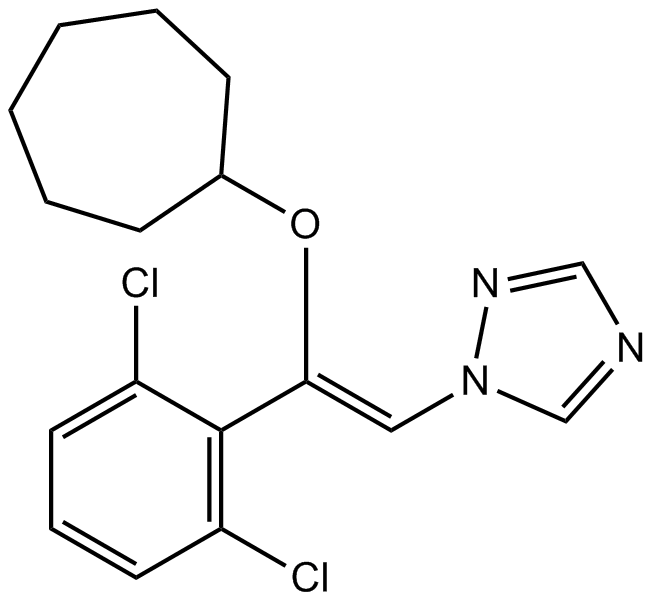 B7217 Ro 64-5229Summary: mGlu2 antagonist
B7217 Ro 64-5229Summary: mGlu2 antagonist -
 B7243 NS 1738Summary: positive allosteric modulator of α7 nicotinic acetylcholine receptor
B7243 NS 1738Summary: positive allosteric modulator of α7 nicotinic acetylcholine receptor -
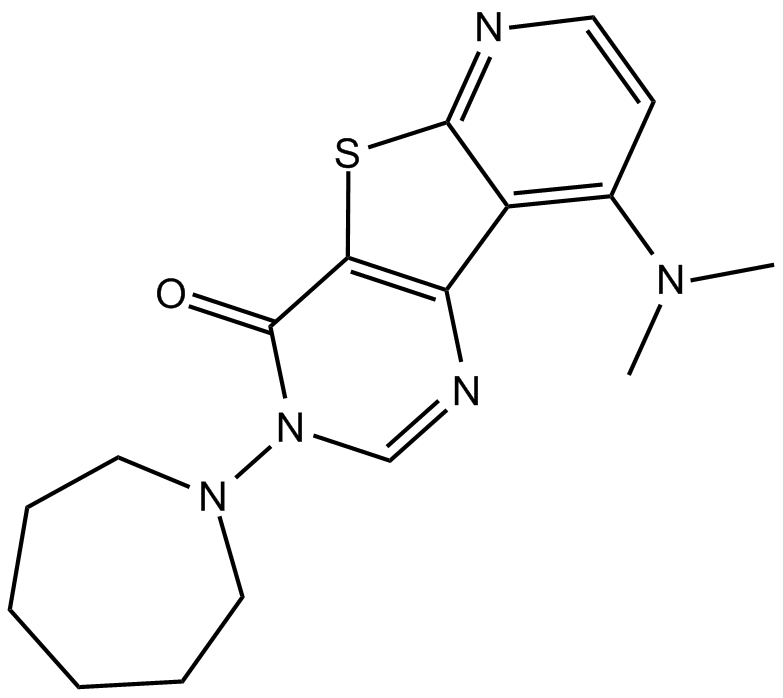 B7258 A 841720Summary: mGluR1 antagonist, non-competitive
B7258 A 841720Summary: mGluR1 antagonist, non-competitive -
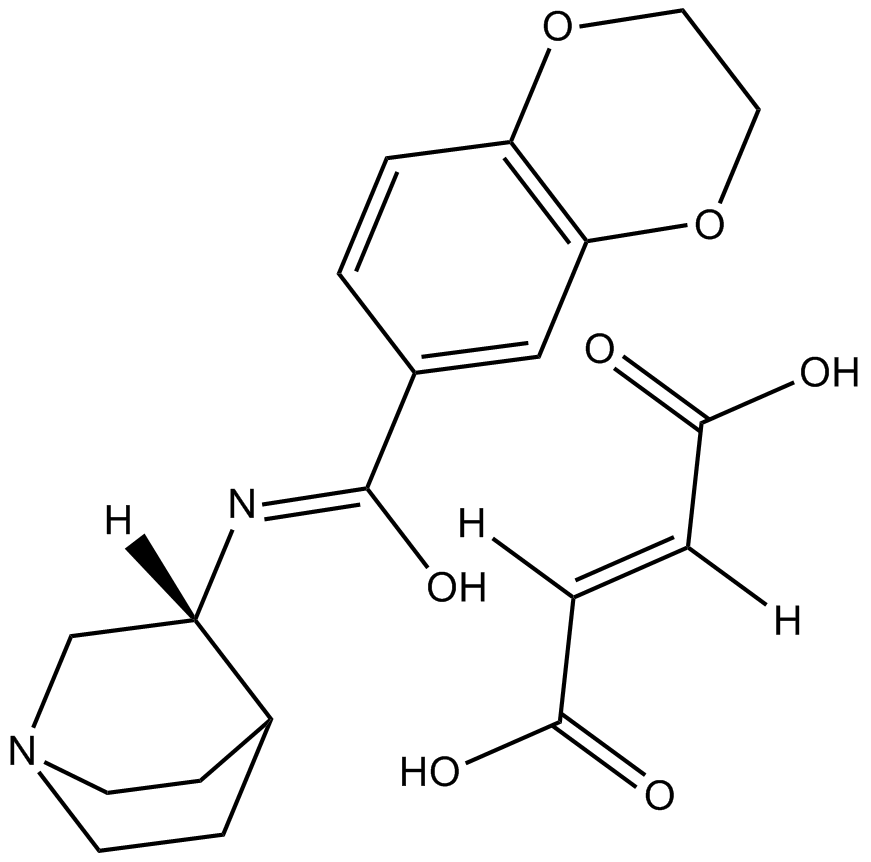 B7282 PHA 568487Summary: α7 nicotinic acetylcholine receptor agonist
B7282 PHA 568487Summary: α7 nicotinic acetylcholine receptor agonist -
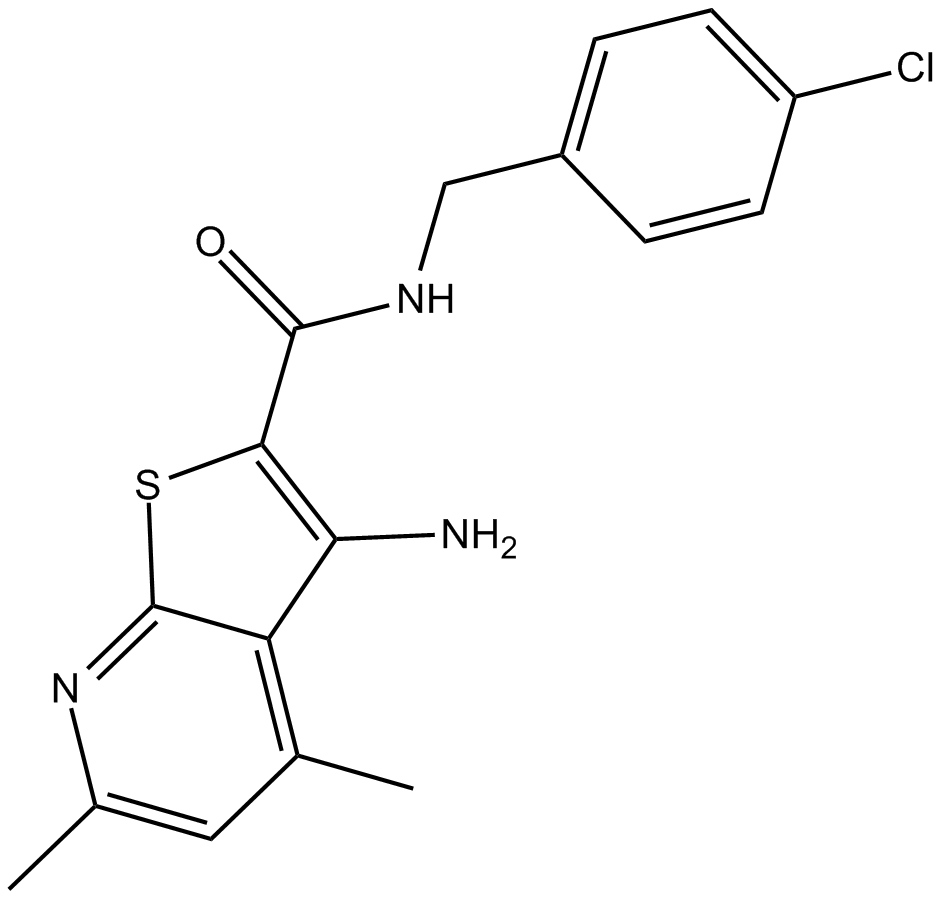 B7285 VU 10010Summary: allosteric potentiator of M4 acetylcholine receptors
B7285 VU 10010Summary: allosteric potentiator of M4 acetylcholine receptors -
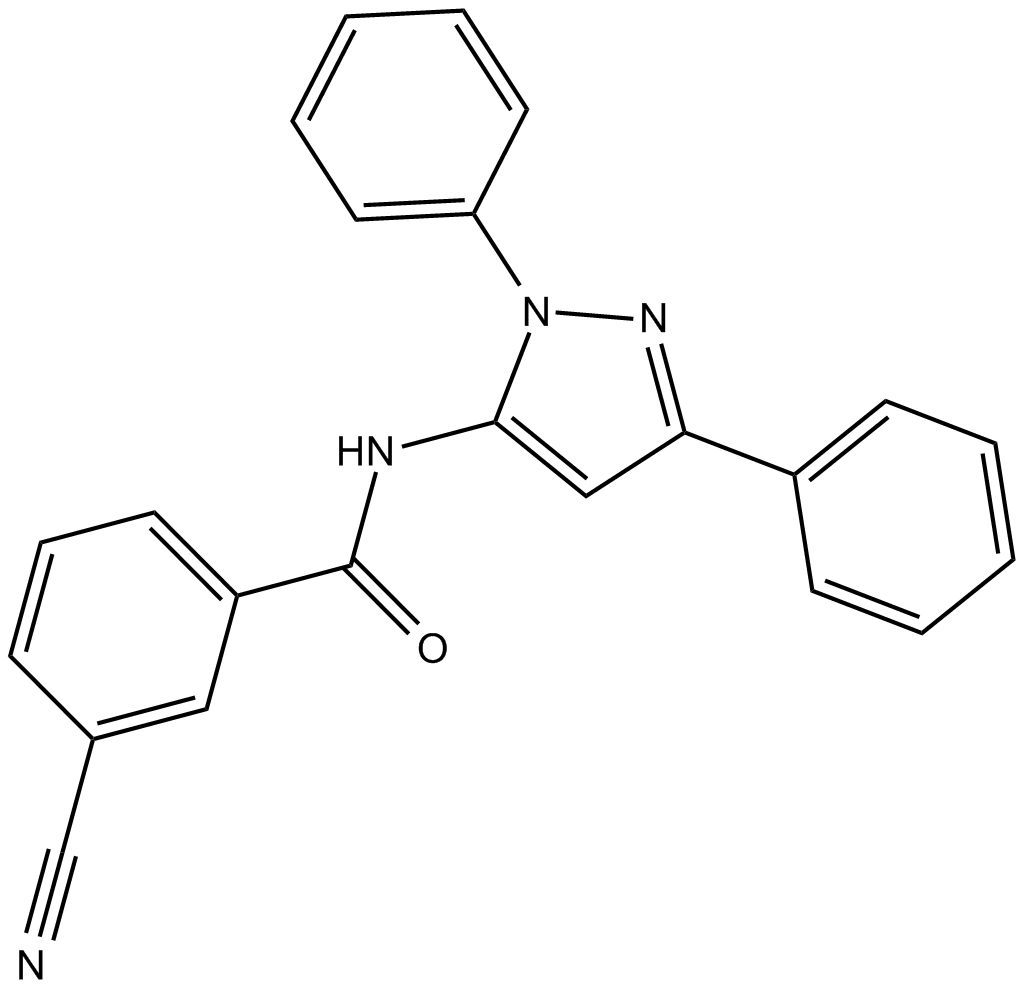 B7324 CDPPBSummary: positive allosteric modulator of the mGlu5 receptor
B7324 CDPPBSummary: positive allosteric modulator of the mGlu5 receptor -
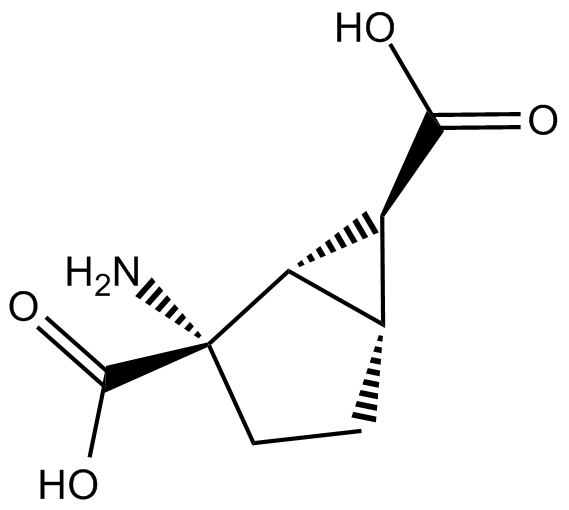 B7328 LY 354740Summary: agonist of group II mGlu receptor
B7328 LY 354740Summary: agonist of group II mGlu receptor -
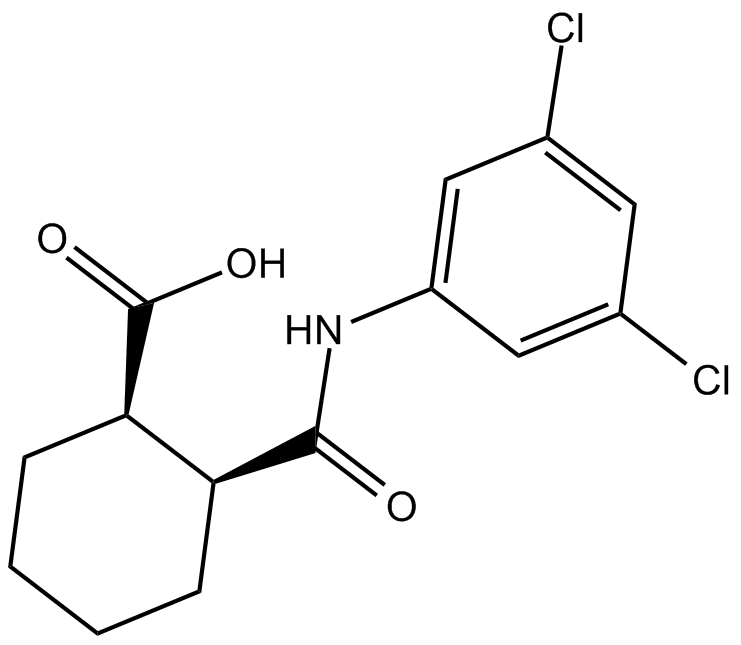 B7329 VU 0155041Summary: positive allosteric modulator/allosteric agonist of mGlu4 receptor
B7329 VU 0155041Summary: positive allosteric modulator/allosteric agonist of mGlu4 receptor -
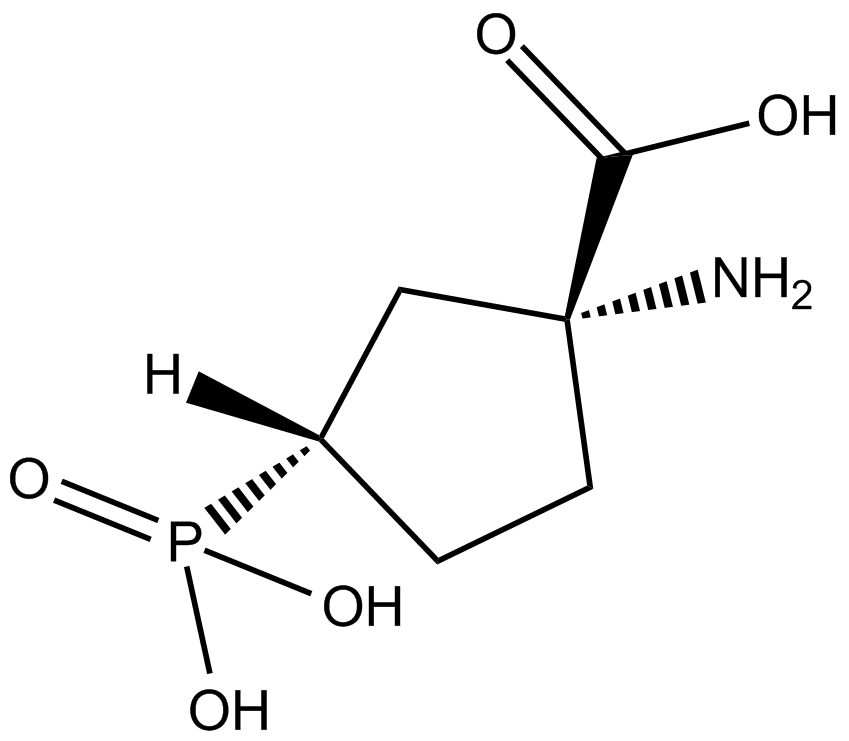 B7330 Z-Cyclopentyl-AP4Summary: Group III mGlu receptor agonist
B7330 Z-Cyclopentyl-AP4Summary: Group III mGlu receptor agonist

